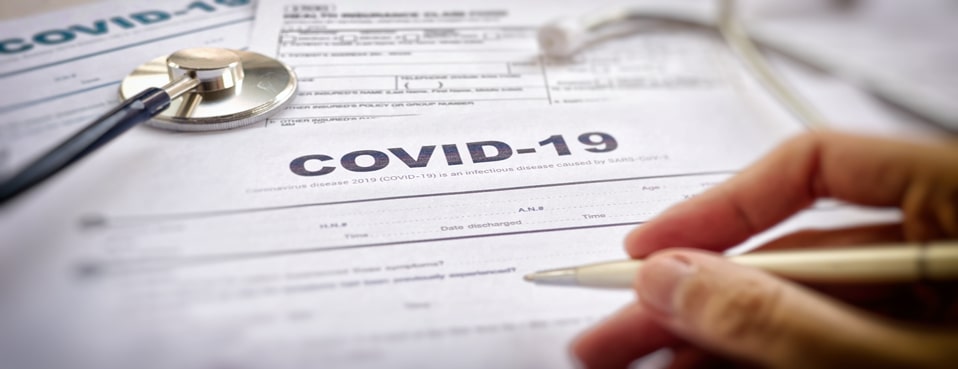Learning to calculate basis is key to helping your financial services clients minimize their tax liability. If you’re not sure how to account for the basis of your assets, overpayment is a real risk.
Becoming competent in basis calculations as a tax pro is key, affirms taxation and accounting expert Vicki L. Mulak. In her Eli Financial webinar, “Basis in Assets – A Guide for Tax Professionals,” Mulak covers: general basis rules, how deferred gain impacts basis in property, and how accurate basis calculations affect property dispositions and asset transfers.
Asset Basis: Calculate an Asset’s True Cost
Basis is a foundation for saving clients money on their returns.
“It’s not very exciting, but ‘basis’ is one of the most important words in the lexicon of taxes,” says tax preparation site Intuit. “Sometimes you see it by itself. Sometimes it’s called ‘cost basis’ or ‘adjusted basis’ or ‘tax basis.’ Whatever it’s called, it’s important to calculating the amount of gain or loss when you sell an asset.”
As the Internal Revenue Service (IRS) explains, basis is generally the amount of your capital investment in property for tax purposes.
“In most situations, the basis of an asset is its cost to you,” the agency notes. “The cost is the amount you pay for it in cash, debt obligations, and other property or services. Cost includes sales tax and other expenses connected with the purchase.” On the other hand, the agency continues, there are situations in which the basis in some assets is not determined by the cost to you.
So, while the concept may sound simple, it probably isn’t, Intuit notes. That’s because “your basis depends on how you get the property in the first place,” Intuit explains.
IRS Publication 551 is the go-to resource for calculating basis in assets. Publication 551 covers:
- Cost basis
- Real property
- Business assets
- Adjusted basis
- Property transferred or received as a gift
- And where to turn to for help for basis questions
Start with the Purchase Price, Then Factor Improvements and Taxes
Calculating adjusted basis on an asset starts with the original purchase price—and then factors in money spent on improving the asset and money paid for legal fees or selling costs, The Balance explains.
“Your basis decreases if you must subtract amounts that you previously claimed as tax deductions, such as depreciation, casualty losses, or theft losses,” write William Perez for The Balance.
Cost basis can include:
- Sales tax
- Freight
- Installation and testing
- Excise taxes
- Legal and accounting fees
- Revenue stamps and recording fees
- Real estate taxes assumed for the seller
As with most tax-related concepts, figuring basis once is straightforward, but factoring in subsequent purchases and sales can toss a monkey wrench into return calculations.
“Throw in a number of other issues that can impact cost basis, and the matter of calculating it accurately for personal records and tax purposes can get more complicated,” writes Ray Furman for Investopedia.
This is where IRS Publication 550 also comes into play. Publication 550 can help investors learn which method of basis calculation is applicable for certain securities.
Other complicated basis calculations include those for bonds, dividends, bankruptcy, capital distributions, stock splits, and merger and acquisition activity.
“Equity cost basis is important for investors to calculate and track when managing a portfolio and for tax reporting,” says Investopedia. “Calculating equity cost basis is typically more complicated than summing the purchase price with fees. Continual monitoring of corporate actions is important to ensure that investors understand the gain/loss profile of a stock position, as well as ensuring that capital gains/losses are accurately reported.”
CPAs, enrolled agents, and other tax preppers need a sound understanding of calculating basis, says Mulak, who explains the concept in “Basis in Assets – A Guide for Tax Professionals.” Nail this complex calculation, and you are well on your way to offer better advice and financial services to your clients.



